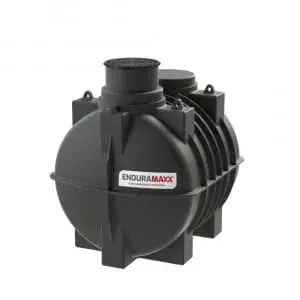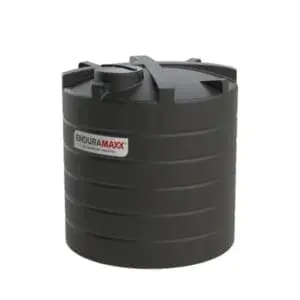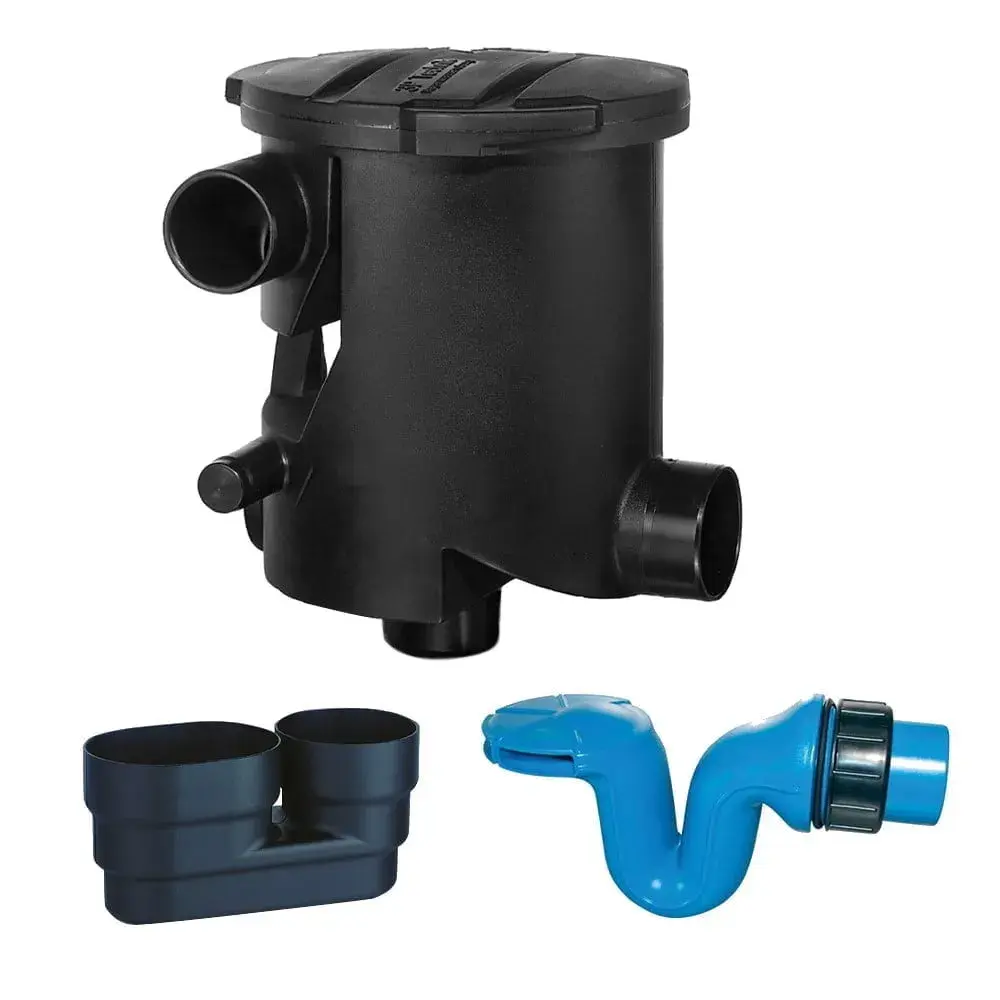Flocculants are used in a process called flocculation, which is the separation of a solution, mainly removing sediment from a fluid. The term is derived from floc, which translates to flakes of material. When a solution is being flocculated, the sediments form into bigger, visible flakes that are much easier to remove. Flocculation should occur naturally, but you can also force it with the help of flocculants and other physical processes.
What Are Flocculants?
Flocculants are substances that promote the accumulation of particles present in a solution, creating a floc that floats to the surface or sinks to the bottom. Flocculants can either be organic or inorganic, and they come in different charges, molecular weights, charge densities, and forms.
Organic polymeric flocculants are more popular today because they can promote flocculation with a relatively low dosage. That said, organic polymers are non-biodegradable and are associated with the release of dangerous monomers into water bodies. For these reasons, the focus is shifting to biopolymers that are more environmentally conscious. However, the downside to these flocculants is that they have a shorter shelf life and require higher dosages to promote flocculation.
What are flocculants used for?
The uses and utilities for flocculation are varied and expansive. However, businesses primarily use flocculants in the wastewater treatment industry. Flocculation leading to sedimentation helps in the purification of drinking water and sewage and industrial wastewater treatment. So, flocculation is more common than you might think.
Other sectors which utilise this process include the engineering, biotechnology, and food production sectors. For example, they are used for solids removal, solids dehydration, lime softening, sludge thickening, and water clarification.
How do flocculants work?
The role of flocculants in water treatment is to remove suspended solids from wastewater. They can be used on their own or combined with coagulants, depending on the solution's charge and chemical composition. During wastewater treatment, coagulants destabilise particles present in the water, allowing flocculates to bond them together.
Flocculation alone isn't enough to treat wastewater. Treatment plants must carry out chemical dosing to control off-putting odours and septicity. The law also requires wastewater to be in a neutral pH range before it is released into the environment. Therefore, treatment plants must carry out acid and alkaline dosing to correct high and low pH levels, respectively.
Do you want to find out more about the UK's number one provider of rainwater harvesting water tanks? Contact the team at Enduramaxx today and discover how we can enhance your water treatment works.
Posts By Topics
- Blog (303)
- Chemical Storage Tanks (118)
- Chemical Dosing Tanks (114)
- Chemical Tanks (114)
- Water Tanks (58)
- Rainwater Harvesting Tanks (43)
- Vertical Rainwater Tanks (31)
- Vertical Storage Tanks (31)
- Cone Bottom Tanks (19)
- Conical Cone Tanks (18)
- Rainwater Harvesting (17)
- Water Bowsers (15)
- Horizontal Tanks (14)
- Potable Water Tanks (13)
- Farming (9)
- Case Studies (8)
- Industrial Storage Tanks (7)
- Liquid Fertilser Storage Tanks (6)
- WRAS Approved Potable Tanks (6)
- Wine and Beer Production (6)
- Horizontal Transport Tanks (5)
- Microbrewery (5)
- Rainwater (5)
- Category 5 Break Tanks (4)
- Cider Production (4)
- Mixer Tanks (4)
- Molasses Tanks (4)
- Polyethylene tanks (4)
- Rainwater Filter Kits (4)
- SPECIALIST & BESPOKE TANKS (4)
- Bunded Tanks (3)
- Slimline Tanks (3)
- WRAS Approved (3)
- Clarification Tanks (2)
- Crosslinked Polymer Tanks (XLPE) (2)
- Fertiliser Tanks (2)
- Sump Tanks (2)
- Tank Installation (2)
- Water Butt (2)
- underground water tanks (2)
- ACCESSORIES & FITTINGS (1)
- ATV & UTV SPRAYING UNITS (1)
- Above Ground Effluent Tanks (1)
- Bespoke Tank Frames (1)
- Category 5 Turret (1)
- Caustic Soda Tanks (1)
- Closed Top Bunded Tanks (1)
- Craft beer (1)
- Effluent Tanks (1)
- Enduramaxx (1)
- Ferric Chloride Tanks (1)
- Fire Safety Regulations (1)
- Fire Sprinkler Water Storage Tanks (1)
- Industrial Water Tank (1)
- Open Top Bunded Tanks (1)
- Open Top Cone Tanks (1)
- Open Top Vertical Tanks (1)
- Polyethylene Potable Water Tanks (1)
- Polyvinylidene Fluoride (PVDF) Tanks (1)
- Polyvinylidene Fluoride Tanks (PVDF) (1)
- Pressure Washers (1)
- Pro Series Spot Sprayers (1)
- RWH (1)
- Sodium Hydroxide Storage Tanks (1)
- Sprayer Fill-up Tanks (1)
- Uncategorised (1)
- liquid fertiliser tank (1)
Sign up to the newsletter
enduramaxx.marketing
Related Posts
Why Softened Water Is Used In Food Processing
The food industry relies on clean water for many applications. As well as being an ingredient,...
Now Is The Time To Plan And Install Your Rainwater Harvesting System!
Rainwater is free and by harvesting this resource for our own use we not only provide ourselves...
Polyethylene Tanks: The Benefits For Beer, Wine And Cider Producers
Traditionally, in both wine and beer production, oak casks were used for storage and maturation. In...
Related Products
From £1,080.00 inc. VAT
£900.00 exc. VAT
From £1,344.00 inc. VAT
£1,120.00 exc. VAT
From £768.00 inc. VAT
£640.00 exc. VAT
£480.00 inc. VAT
£400.00 exc. VAT






